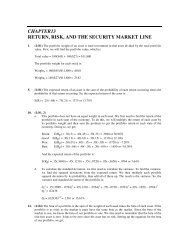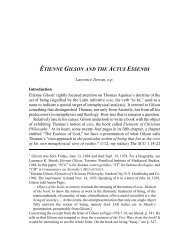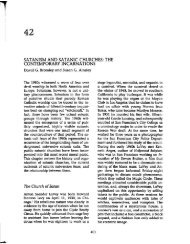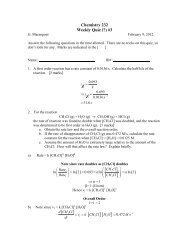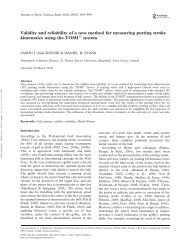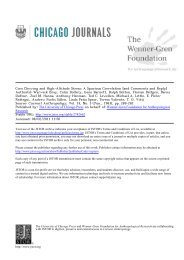Breaking the silence: helping men with erectile dysfunction
Breaking the silence: helping men with erectile dysfunction
Breaking the silence: helping men with erectile dysfunction
You also want an ePaper? Increase the reach of your titles
YUMPU automatically turns print PDFs into web optimized ePapers that Google loves.
CARE OFTHE OLDER PERSON<br />
4. Rigid erecdon<br />
5. Detumescent<br />
The significant biochemical event in erectue fiancdon is an<br />
increase in <strong>the</strong> amount of cyclic guanosine monophosphate;<br />
this causes smooth-muscle relaxation and permits an erection<br />
to occur. This process is mediated hy nitric oxide, produced<br />
by neurons and elsewhere, acting as a gaseous messenger<br />
molecule.<br />
Figure 7. The penis<br />
Corpus cavemosum<br />
erection. Neural control is complex; in general, <strong>the</strong> sympa<strong>the</strong>tic<br />
nervous system inhibits, and <strong>the</strong> parasympa<strong>the</strong>tic<br />
system excites erectue function. The central nervous system<br />
can induce erections <strong>with</strong>out peripheral stimuK, e.g. in nocturnal<br />
erections. There are five phases associated <strong>with</strong> <strong>erectile</strong><br />
response:<br />
1. Latent<br />
2. Tumescent<br />
3. FuU erection<br />
Erectile <strong>dysfunction</strong><br />
Erectile dysfuncdon is defined as 'inability to achieve or<br />
maintain a penile erection sufficient for sadsfactory sexual<br />
performance' (NIH Consensus Conference on Impotence,<br />
1993). Three events are required to take place for <strong>the</strong> erection<br />
to occur and to be maintained:<br />
• First is sexual arousal<br />
• Second is <strong>the</strong> brain's communication of<strong>the</strong> sexual arousal<br />
to <strong>the</strong> nervous system (activating blood flow)<br />
• Thirdly, relaxation of <strong>the</strong> blood vessels that supply blood<br />
to <strong>the</strong> penis must occur, allowing <strong>the</strong> erection.<br />
If anything occurs that affects any of <strong>the</strong> three events<br />
above — arousal, nervous system response or <strong>the</strong> vascular<br />
system response — or <strong>the</strong> interplay between <strong>the</strong>m, <strong>the</strong>n <strong>the</strong><br />
consequence can be <strong>erectile</strong> <strong>dysfunction</strong>. Erectile dysflinction<br />
should not he confused <strong>with</strong> o<strong>the</strong>r sexual <strong>dysfunction</strong><br />
conditions, such as loss of libido or premature ejaculation.<br />
Causes of <strong>erectile</strong> <strong>dysfunction</strong><br />
Given <strong>the</strong> complexities associated <strong>with</strong> erection, it is not<br />
surprising that a variety of diverse conditions can result in<br />
Smooth - muscle<br />
realaxation (erection)<br />
Figure 2. The<br />
erection at<br />
cellular level<br />
312 British Journal of Community Nursing Vol 17, No 7



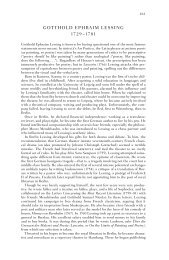

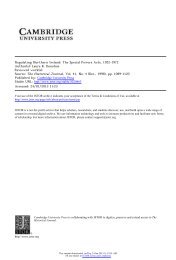

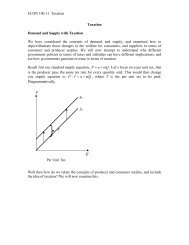
![The Rink - Cyril Dabydeen[1].pdf](https://img.yumpu.com/21946808/1/155x260/the-rink-cyril-dabydeen1pdf.jpg?quality=85)

